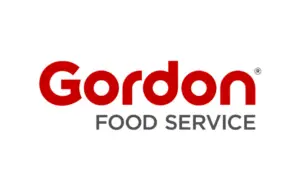Replacing animal protein with soy-protein can reduce cholesterol, making these foods popular and important for those with high blood pressure and heart-health concerns. As the use of soy protein grows, your kitchen needs to exercise caution in storing, handling and preparing this Time/Temperature Control for Safety (TCS) food.
Soy products fit all of the characteristics of TCS foods: They’re often moist, contain protein, have a neutral or slightly acidic pH and require time-temperature control to prevent the growth of microorganisms and the production of toxins. Soy proteins are the perfect medium for bacterial growth, with just enough water and plenty of nutrients for harmful bacteria to survive.
In fact, a recent multistate outbreak of E. coli was linked to a peanut butter substitute called SoyNut Butter. No deaths were reported, but the event sickened 29 people, and 24 of them were younger than 18. Of those sickened, 12 were hospitalized, with nine developed a type of kidney failure that could have been life-threatening. A Food and Drug Administration (FDA) investigation found the processing facility had unsanitary conditions that could have affected the products, and the manufacturer’s registration was suspended.
Top 2 ways to prevent soy-related food hazards
This shows the potential for harm if soy-protein foods are not properly monitored or prepared. To protect the safety of diners and prevent a foodborne illness outbreak from affecting your business, it’s important to follow TCS and Hazard Analysis and Critical Control Point (HAACP) guidelines.
Cool it! Make sure soy-protein foods stay below 41ºF until they are cooked. Keeping these products out of the Temperature Danger Zone (41ºF-135 ºF) reduces the likelihood of bacterial growth.
Cook it! Soy-protein foods can be cooked in a variety of ways, and in every method the internal temperature of the product must reach a minimum of 165 ºF.
Soy proteins come in many forms
Soy proteins are often overlooked as a TCS food. Here are some of the soy-based products you should monitor for safe service:
- Edamame
- Isolate Soy protein
- Soy Concentrate
- Tamari
- Tempeh
- Textured Soy Protein
- Tofu
How can Gordon Food Service help?
Resources regarding TCS foods are available to our customers online at Gordon Experience. Once on the site, information is available under the following headings:
- Food Allergen Awareness Web Page
- Food Danger Zone Charts
- Time/Temperature Log Sheets
For more information, contact the Gordon Food Service Nutrition Resource Center at (800) 968-4426 or email nrc@gfs.com.
The Nutrition Resource Center also offers safety tips on these topics:




























